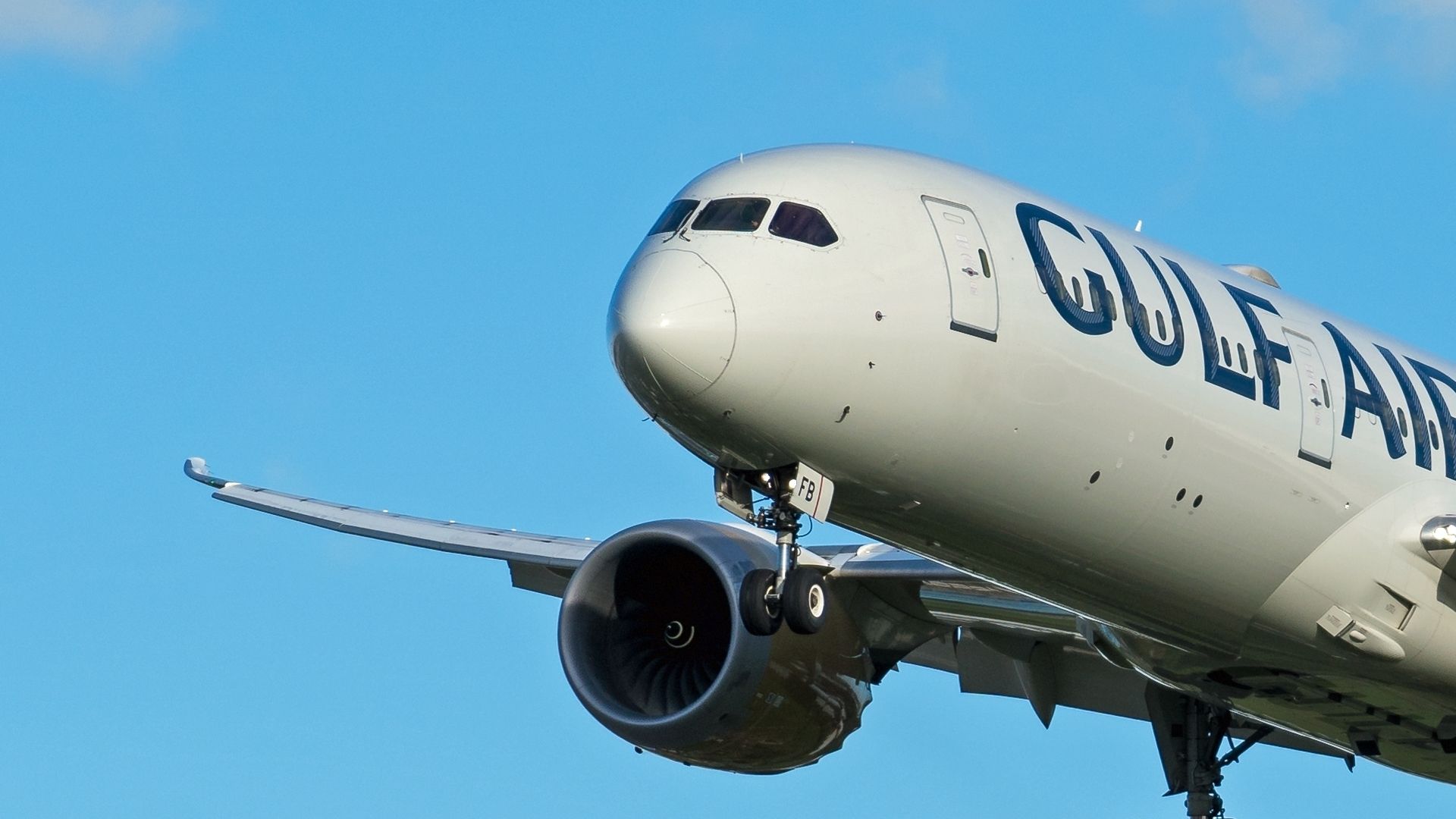World
Gulf Air Flight 155 Inadvertently Enters Active Runway in Manila

On November 4, 2025, a significant incident occurred at Manila’s Ninoy Aquino International Airport when a Gulf Air Boeing 787-9, operating as Flight 155 from Manila to Bahrain, inadvertently entered the active Runway 06 while taxiing for takeoff. This prompted air traffic control to issue a go-around instruction to an arriving aircraft that was on short final, ensuring safety and preventing a potential runway conflict.
The incident took place around 16:39 local time, as reported by The Aviation Herald. While taxiing, Gulf Air Flight 155 mistakenly lined up on Runway 06 instead of turning towards Taxiway C. The air traffic control tower swiftly ordered the Gulf Air crew to vacate the runway and directed the approaching aircraft to execute a go-around, thereby neutralizing any immediate safety risks. This arriving aircraft successfully repositioned for another approach and landed approximately 20 minutes later without incident.
Despite the unusual situation, there were no reported injuries or damage, and the flight operations resumed quickly. Following the clearance, Gulf Air Flight 155 continued its journey to Bahrain and landed close to schedule, minimizing overall disruption for passengers.
Understanding the Impact on Passengers
For those aboard the aircraft that executed the go-around, the primary impact was a brief delay and a momentary increase in anxiety due to the unexpected climb. Nonetheless, go-arounds are standard procedures in aviation, and flight crews undergo extensive training to handle such situations.
Passengers on Gulf Air Flight 155 experienced only a minor pause during the taxi process, which slightly extended the pre-takeoff timeline. Ultimately, they arrived in Bahrain on time, reducing the likelihood of missed connections. Given the absence of significant delays, passengers are unlikely to receive any compensation related to this incident.
From an operational perspective, the response by Manila’s air traffic control exemplifies the robust safety protocols in place to protect air travelers. The quick intervention by controllers prevented what could have escalated into a critical situation, showcasing how well-rehearsed procedures can effectively manage human error in aviation.
Financial Implications for Gulf Air
The financial repercussions for Gulf Air appear to be minimal, as there was no damage, diversion, or widespread delays resulting from the incident. The potential costs are primarily associated with administrative follow-ups, which may include internal investigations and any necessary training or briefings for staff, along with any actions mandated by regulators.
Strategically, this incident serves as a timely reminder for Gulf Air as it seeks to expand into more long-haul markets. Operational slip-ups, particularly in high-profile destinations such as New York, could amplify risks. As the airline increases its presence in complex airport environments, it will need to reinforce crew discipline in taxi briefings and enhance runway incursion defenses.
By tightening safety controls, including improved taxi charts and clear callouts, Gulf Air can align with its brand narrative of delivering safe and reliable premium service while expanding its network with the Boeing 787. This proactive approach not only supports operational integrity but also strengthens passenger trust in the airline during its growth phase.
-

 Lifestyle3 months ago
Lifestyle3 months agoHumanism Camp Engages 250 Youths in Summer Fest 2025
-

 Sports3 months ago
Sports3 months agoDe Minaur Triumphs at Washington Open After Thrilling Comeback
-

 Business4 months ago
Business4 months agoKenvue Dismisses CEO Thibaut Mongon as Strategic Review Advances
-

 Sports4 months ago
Sports4 months agoTupou and Daugunu Join First Nations Squad for Lions Clash
-

 Top Stories4 months ago
Top Stories4 months agoColombian Senator Miguel Uribe Shows Signs of Recovery After Attack
-

 World4 months ago
World4 months agoASEAN Gears Up for Historic Joint Meeting of Foreign and Economic Ministers
-

 Business4 months ago
Business4 months agoOil Prices Surge Following New EU Sanctions on Russia
-

 Health3 months ago
Health3 months agoNew Study Challenges Assumptions About Aging and Inflammation
-

 Entertainment3 months ago
Entertainment3 months agoDetaşe-Sabah Violin Ensemble Captivates at Gabala Music Festival
-

 Entertainment3 months ago
Entertainment3 months agoBaku Metro Extends Hours for Justin Timberlake Concert
-

 Business4 months ago
Business4 months agoU.S. House Approves Stablecoin Bill, Sends to Trump for Signature
-

 Top Stories4 months ago
Top Stories4 months agoRethinking Singapore’s F&B Regulations Amid Business Closures









